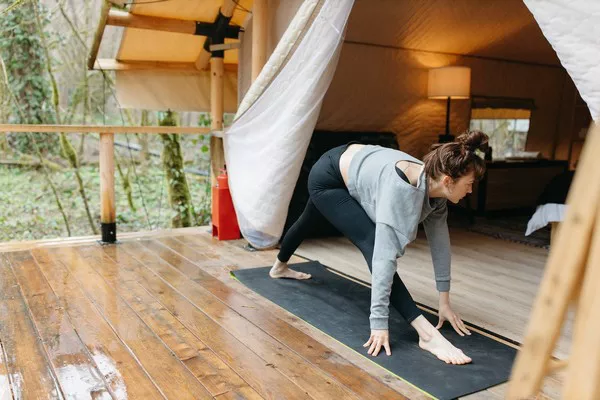Yoga is a discipline that has been practiced for thousands of years and has become increasingly popular in the modern world. It is a physical, mental, and spiritual practice that involves various poses, known as asanas, which are designed to promote health, relaxation, and well-being. While there are many challenging poses in yoga, some are more difficult than others. In this article, we will explore what is considered the most difficult yoga pose, why it is so challenging, and how to work towards achieving it.
The Most Difficult Yoga Pose: Shirshasana
Shirshasana, also known as the headstand, is widely considered to be the most difficult yoga pose. The pose involves balancing the entire body weight on the head with the support of the forearms, hands, and shoulders. This inversion pose requires strength, balance, focus, and flexibility, making it a challenging pose even for experienced practitioners.
Why Is Shirshasana So Challenging?
Shirshasana is challenging for several reasons. First, it requires significant upper body strength to support the entire body weight on the head and arms. This can be especially challenging for beginners or those who have not developed their upper body strength through regular exercise. Second, it requires balance and stability, as any slight movement can cause the practitioner to lose their balance and fall. Third, it requires a high level of concentration and focus, as the practitioner must maintain the pose while upside down and with limited visibility.
How to Practice Shirshasana
Practicing Shirshasana requires preparation, patience, and practice. Here are some steps to follow when working towards achieving the pose:
1.Warm-Up
Before attempting Shirshasana, it is essential to warm up the body, especially the shoulders, neck, and core muscles. Start with gentle stretches and movements to loosen up the body and prepare it for the pose.
2.Build Upper Body Strength
To support the body weight in Shirshasana, it is essential to build upper body strength through regular exercise and yoga practice. Incorporate poses that target the shoulders, arms, and core muscles, such as Chaturanga Dandasana, Plank Pose, and Dolphin Pose.
3.Practice Against a Wall
When first attempting Shirshasana, it is beneficial to practice against a wall for support and stability. Place a folded blanket or yoga mat against the wall and kneel in front of it, interlacing the fingers and placing the forearms on the ground. Place the head on the ground, directly between the hands, and slowly lift the legs up towards the wall, using the wall for support.
4.Work on Balance and Stability
Once comfortable with practicing against a wall, work on balancing and stabilizing the body without support. Start by lifting one leg at a time and holding for several breaths, gradually increasing the duration and eventually lifting both legs together.
5.Focus on Alignment
Alignment is crucial in Shirshasana, as any slight deviation from the correct form can cause discomfort, strain, or injury. Focus on aligning the head, neck, and spine in a straight line, with the forearms and hands providing support. Keep the shoulders away from the ears and engage the core muscles to maintain stability.
6.Breathe and Relax
Maintaining a relaxed and steady breath is essential in Shirshasana, as it helps to calm the mind and improve focus. Take slow, deep breaths, and try to release any tension or stress in the body, staying in the pose for as long as comfortable.
Final Thoughts
Shirshasana, or the headstand, is widely considered to be the most difficult yoga pose due to its challenging nature and the level of strength, balance, focus, and flexibility required to achieve it. However, with preparation, patience, and practice, anyone can work towards achieving this pose and reaping its benefits. Remember to warm up the body, build upper body strength, practice against a wall, work on balance and stability, focus on alignment, and breathe and relax. With consistent practice and dedication, Shirshasana can become a rewarding and transformative part of your yoga practice.
Related topics:


